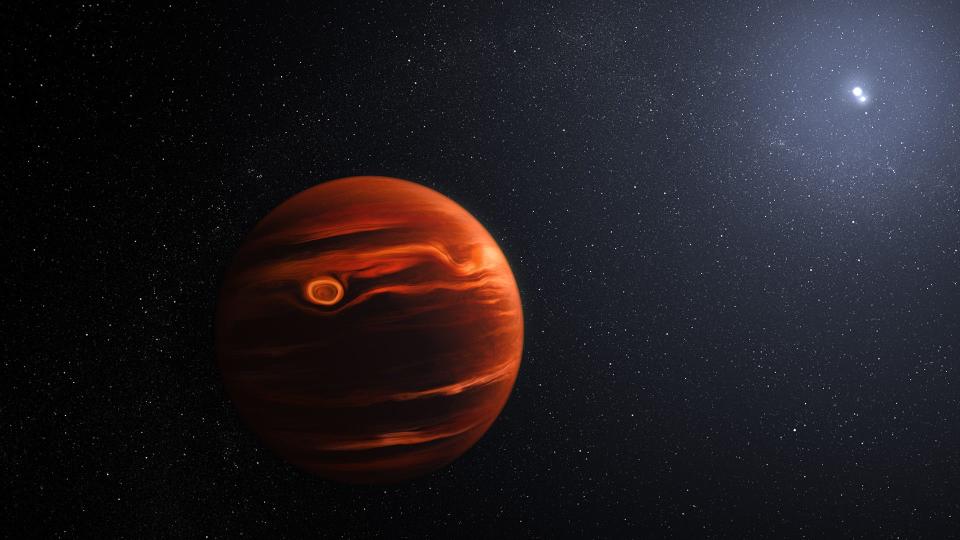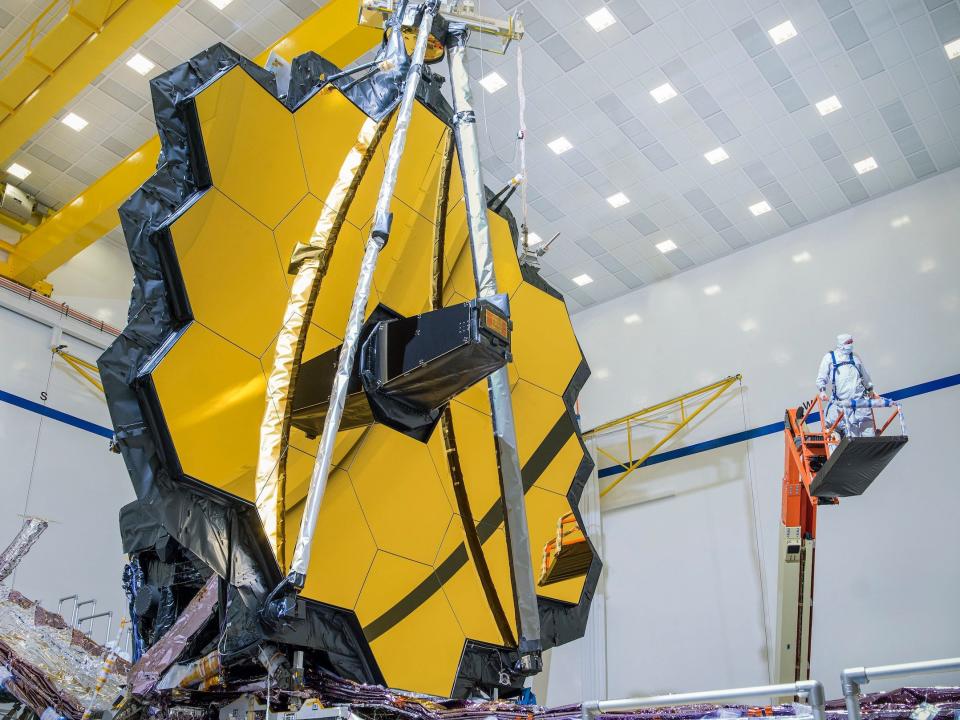NASA's James Webb Space Telescope is so powerful it discovered sand storms on a planet 235 trillion miles away

NASA's James Webb Space Telescope found sand storms on a planet hundreds of trillions of miles away.
Clouds on the "super Jupiter" planet are made up of scorching hot, tiny sand-like particles.
One of Webb's greatest powers is its ability to see the contents of an alien atmosphere, based on light alone.
NASA's James Webb Space Telescope has proven just how powerful it is with its latest discovery: sand storms swirling on a planet 40 light-years from Earth, or about 235 trillion miles away.
One of Webb's greatest powers is its ability to decipher what's going on in alien atmospheres. From its vantage point in space, Webb can peer at a distant world and analyze the entire infrared spectrum of starlight passing through the planet's atmosphere.
Different spectra of light correspond to different elements, so Webb can show astronomers exactly which gases and vapors are in another world's atmosphere.

"While an image, we say is worth 1,000 words, spectra for astronomers are just worth 1,000 images," Antonella Nota, a Webb scientist at the Space Telescope Science Institute, previously said.
A hot, young planet with smoke-like sand clouds and 2 stars
In this case, clouds on a planet known as VHS 1256b are comprised of very small sand-like particles known as silicates, NASA said in a news release on Wednesday.

 Yahoo Autos
Yahoo Autos 